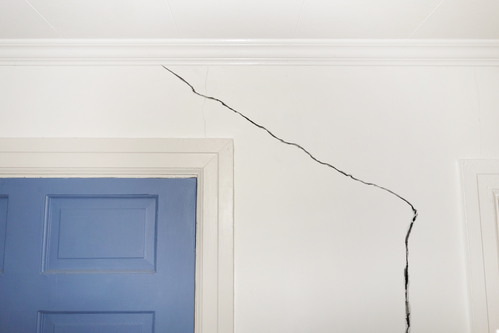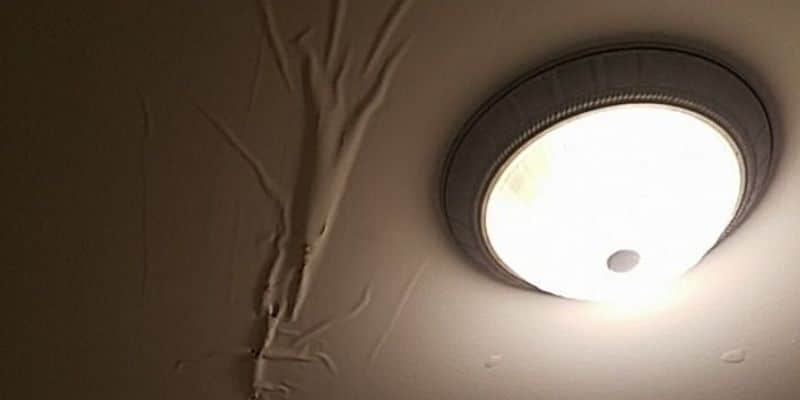Locating Water Stains on Wall Surfaces - Guidelines to Repair Them Properly
Locating Water Stains on Wall Surfaces - Guidelines to Repair Them Properly
Blog Article
The writer is making a number of good annotation regarding Indicators of Water Damage Behind Walls overall in this post down below.

Water discolorations on walls are not pleasant to the eyes. Your house must be without spots on the walls, roof, or floorings. That is the perfect state of a residence and also its frameworks. Yet, occasionally it appears practically unpreventable to experience water stains on walls in houses.
Home owners living in humid regions regularly deal with the anxiety of water stains on walls. With accurate and well-shaped details on the reasons of water stains and prompt repair processes, you will constantly be an action in advance of such incidents.
3 Typical Root Causes Of Water Spots on Walls
As opposed to popular belief, water spots on wall surfaces do not always originate from poor structure products. There are numerous root causes of water spots on walls. These consist of:
Damp
When warm damp air meets with completely dry cold air, it creates water droplets to base on the walls of structures. When there is vapor from cooking or showers, this happens in cooking areas and restrooms. The water beads can tarnish the surrounding walls in these parts of your home and also infect other locations.
Wet or condensation affects the roofing system and also wall surfaces of buildings. When the wall is damp, it produces an appropriate setting for the development of germs and also fungis.
Poor Drain
This will protect against water from permeating into the walls. This web links to extreme wetness that you see on the wall surfaces of your building.
The leading cause of damp walls, in this instance, can be a bad water drainage system. It can likewise result from bad monitoring of sewage pipelines that go through the building.
Pipeline Leaks
Most houses have a network of pipes within the walls. This guarantees that the pipelines are faraway from the reach of damaging rats. It constantly increases the practicality of such pipelines, as there is little oxygen within the wall surfaces. This discourages rust.
Yet, a downside to this is that water leak affects the wall surfaces of the structure and triggers prevalent damage. An indication of malfunctioning pipelines is the look of a water tarnish on the wall surface.
Pro Idea
A houseplant in your home additionally boosts its humidity. If the home is currently damp, you might want to present houseplants with very little transpiration. An example of appropriate houseplants is succulents.
Water Stains on Wall: Repair Tips
House owners would generally desire a quick fix when dealing with water spots. Yet, they would quickly understand this is counterproductive as the water spots reoccur. Below are a few useful suggestions that will direct you in the fixing of water stains on walls:
Verdict
No one wants to have water discolorations on wall surfaces in their home, it can occur to the finest of us. This write-up gives you leverage, as you now understand exactly how to manage this problem if it does take place.
It is always best to recruit professional services to help repair the damages in your home.
In some cases it seems practically inescapable to experience water spots on walls in residences.
In contrast to prominent idea, water discolorations on walls do not always stem from bad structure products. There are a number of reasons of water spots on walls. The water droplets can discolor the surrounding walls in these parts of your home as well as spread to various other locations.
Right here are a few practical ideas that will direct you in the repair service of water discolorations on wall surfaces:
CHECKING FOR WATER DAMAGE
Water damage can be costly, and it may begin before you even notice the first signs of trouble. Water damage can cause mold and mildew in your walls and floors, which can create an abundance of health concerns for your family. It can also lead to costly repairs of various appliances and general home fixtures. To avoid the pricey consequences of water damage, here are Warner Service’s top 5 places you should check:
The walls – The easiest place to spot the beginnings of water damage is on the walls and ceilings of your home. If water damage is present, there will most likely be water stains, especially around the windows and doorframes, and/or cracks in the drywall. If a stain looks unusual (discolored to brown, black or gray, raised texture), has a swollen appearance or is soft to the touch, contact a professional immediately. The pipes – To avoid water damage, consistently check the pipes in your kitchen (especially the dishwasher and ice maker), bathrooms, laundry room (specifically washing machines) and basement for corrosion, leaks and water stains. Pay special attention to where the pipes connect in your home and the location of caulking around the bathroom fixtures, including toilets, sinks, showers and tubs. Missing or loose caulking and grout could be signs of leaking water. This seepage can also quickly cause mold and rust, so double check your water heater and tank for wet spots on the floor. The floor – Water damage is very easy to spot on the floor. Look for any warping or buckling of the material, especially in the basement. If your home has wood flooring, look for bright white or dark stains. If your home has carpeting, keep it dry and clean. A damp carpet that smells of mold could cause water damage and health problems. To avoid this, consider installing floor pans under your appliances to help prevent damages from small, slow and undetected leaks. The basement and attic – If your basement or attic smells odd check for mold and mildew around the area, especially the valley where the roof meets. While you are inspecting those areas, check for wall cracks, floor stains, rust and dampness in the insulation. If you live in a colder and/or rainier climate, perform routine checks for water damage from melting snow or ice and rain. The exterior – Check the roof for damaged flashing and missing, cracked or curled shingles. There should also be no standing water anywhere outside your home. This could be caused by puddles, leaky rain gutters or hoses, poor drainage, or short gutter spouts. Invest in a sump pump system or water flow monitoring system, and perform routine maintenance on these outdoor appliances to avoid indoor water damage.

As an enthusiastic person who reads on , I think sharing that portion was a good thing. Sharing is nice. Helping people is fun. Kudos for your time. Visit again soon.
We've got you! Report this page